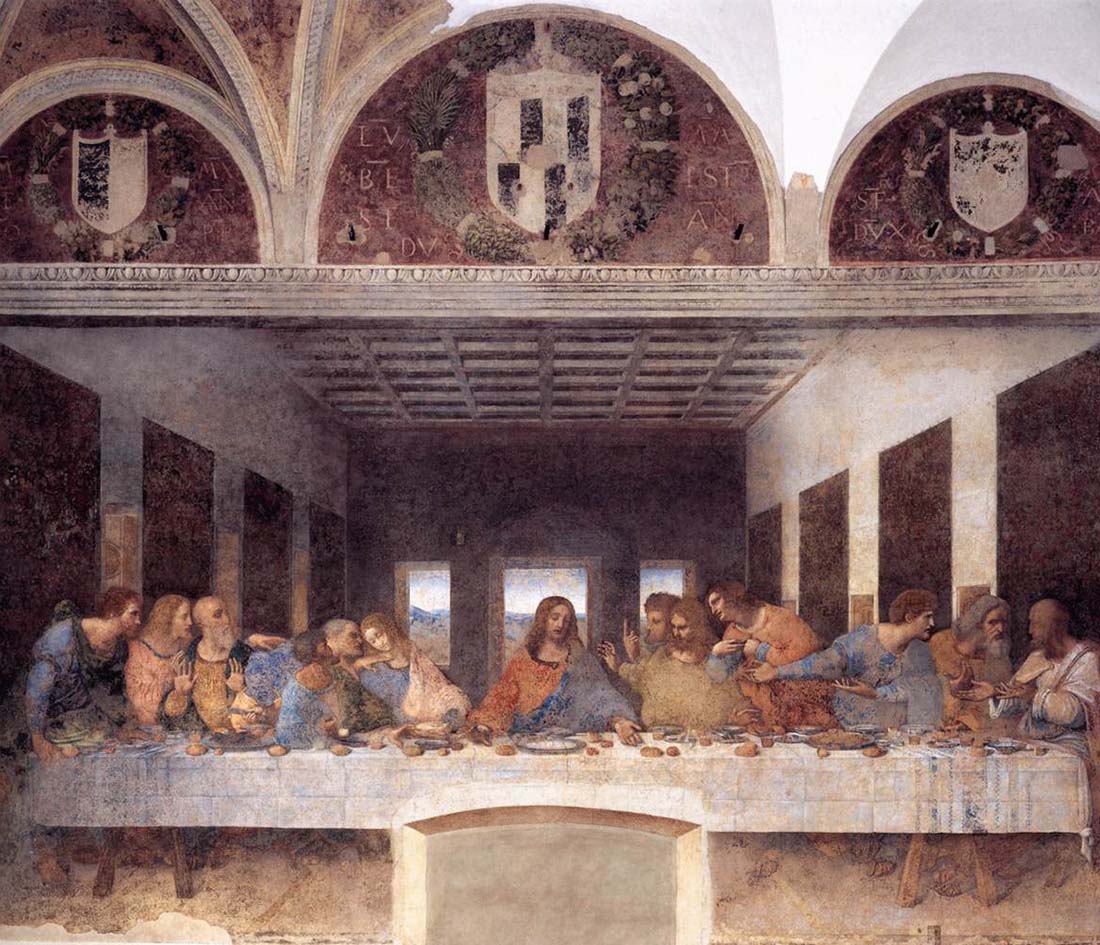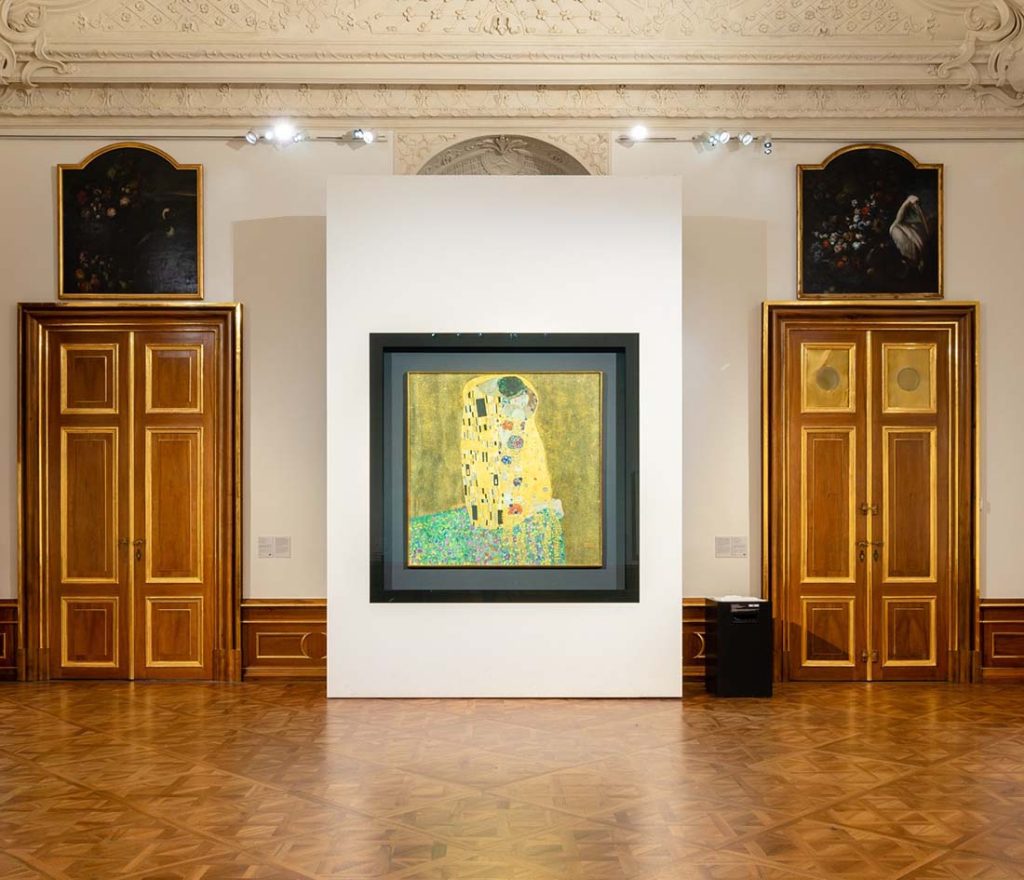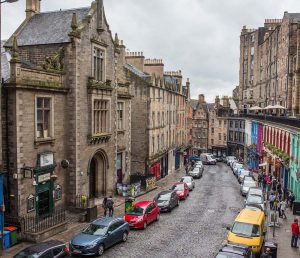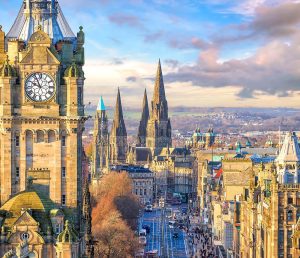
A Feast of Art: A Cultural Journey through Edinburgh
my journey through Edinburgh was a dive into the world of art and culture. The city enthralled me with its impressive array of artistic works and events. Here, I’d like to share three of my personal favorites and four recommended artworks that left a lasting impression.
Favorite Artwork 1: “The Thinker” by Auguste Rodin
Standing before Auguste Rodin’s “The Thinker” in the National Gallery of Scotland was a transformative experience. The sculpture’s presence commanded attention, its form exuding a profound sense of introspection and intellectual vigor. As I gazed upon it, I felt drawn into the inner sanctum of the artist’s mind, a realm where thoughts took shape in bronze.
The posture of “The Thinker” spoke volumes. The figure, locked in contemplation, conveyed a weightiness of thought that resonated deeply within me. Every line and curve seemed to reflect the artist’s dedication to capturing the essence of human introspection. It was as though Rodin had frozen a moment of profound philosophical inquiry in time.
In that hallowed space, surrounded by other spectators, I found myself engaged in a silent dialogue with the sculpture. There was a palpable energy, an unspoken exchange of ideas between observer and artwork. It was a connection that transcended the physical, delving into the realm of intellectual and emotional resonance.
The experience left an indelible mark on my psyche. It was a reminder of the power of art to stir the depths of human consciousness, to provoke contemplation and self-reflection. “The Thinker” became more than a sculpture; it became a catalyst for introspection, a touchstone for pondering life’s profound questions.
The image of “The Thinker” stayed with me, its presence lingering in my thoughts. It was a reminder that art has the capacity to transcend time and space, to reach across centuries and touch the soul of a contemporary observer. This encounter with Rodin’s masterpiece was a testament to the enduring power of artistic expression. It was a moment of connection with a master’s creation, an experience that would forever shape my appreciation for the boundless potential of human creativity.

Favorite Artwork 2: “The Sleeping Gypsy” by Henri Rousseau
Henri Rousseau’s “The Sleeping Gypsy” in the Scottish National Museum was a visual journey to a realm of exotic mystique and vibrant hues. As I stood before the canvas, I felt a magnetic pull towards the dream-like scene it depicted. The juxtaposition of the slumbering figure and the untamed wilderness created an atmosphere of enchanting serenity.
The rich, earthy tones of the desert sands and the deep, inky blues of the night sky transported me to a distant, otherworldly terrain. The moon, casting its gentle glow upon the sleeping figure, seemed to weave a lullaby in the form of soft, silvery rays. It was a moment frozen in time, where the stillness of the night and the profound peace of slumber coalesced in perfect harmony.
The figure herself, in her slumbering repose, exuded a sense of complete surrender to the surrounding landscape. Her vulnerability and tranquility were palpable, creating an ethereal connection between viewer and subject. It was as though I could feel the warm desert breeze and hear the soft, distant rustle of sand underfoot.
Rousseau’s meticulous attention to detail, particularly in the rendering of textures and the interplay of light and shadow, added depth and dimension to the composition. Each brushstroke seemed to breathe life into the scene, inviting me to step into this fantastical dreamscape.
I carried with me a sense of wonder and a newfound appreciation for Rousseau’s ability to evoke emotion through his art. “The Sleeping Gypsy” had stirred a longing for exploration and a fascination with the unknown. It was a testament to the power of art to transcend the boundaries of time and space, inviting viewers to embark on their own imaginative journeys. The painting remains etched in my memory as a vivid reminder of the boundless possibilities that art can offer to those who are willing to be transported by its magic.
Favorite Artwork 3: “Melancholia” by Albrecht Dürer
Albrecht Dürer’s “Melancholia,” a masterpiece in copperplate, held me captive in the halls of the National Gallery. The intricate details of the piece were a testament to Dürer’s extraordinary mastery of his craft. As I stood before it, I was drawn into a world of contemplation and introspection, much like the artist himself.
The central figure, enveloped in an aura of introspective melancholy, was surrounded by a profusion of meticulously rendered symbols and geometric forms. Each element seemed to carry a weight of significance, inviting viewers to decipher their meaning. It was a visual puzzle, an intellectual challenge that beckoned me to unravel its mysteries.
Dürer’s meticulous attention to detail was awe-inspiring. Every line, every curve, every shadow was rendered with precision and finesse. The juxtaposition of light and dark created a palpable sense of depth, adding an almost three-dimensional quality to the piece. It was a testament to the artist’s technical prowess and his ability to convey complex emotions through his work.
As I studied “Melancholia,” I couldn’t help but feel a sense of kinship with the artist. It was as if I could glimpse into Dürer’s own contemplative mind, his quest for understanding the complexities of human existence. The piece resonated with me on a profound level, sparking a cascade of introspective thoughts and emotions.
“Melancholia” had left an indelible mark on my psyche, a testament to the enduring power of art to evoke deep, introspective contemplation. It was a reminder that great works of art have the capacity to transcend time and space, inviting viewers to engage with them on a deeply personal and intellectual level. Dürer’s masterpiece had become a touchstone for my own journey of self-discovery and understanding.
Recommended Artworks:
- “The Slaves” by Michelangelo at the Royal Scottish Academy: These sculptures are a testament to Michelangelo’s unparalleled skill in capturing the human form. The contorted figures seem to yearn for freedom, evoking a profound sense of empathy.
- “The Kiss” by Gustav Klimt at the Scottish National Gallery of Modern Art: This masterpiece exudes an opulent sensuality that is both mesmerizing and provocative. The intricate patterns and shimmering gold leaf create a luxurious tapestry of love and intimacy.
- “The Penzance Sisters” by Sir John Everett Millais at the National Gallery of Scotland: Millais’ painting beautifully captures the fleeting innocence of youth. The delicate expressions and intricate details in their attire reveal a poignant narrative of sisterly affection.
- “The Last Supper” by Leonardo da Vinci at St. Giles’ Cathedral: This reproduction, though not the original, carries a profound resonance. The meticulous details and the emotional depth of the disciples’ expressions transport viewers to the heart of this iconic moment. Personal Reflections:

Each of these recommended artworks left an indelible mark on my artistic journey through Edinburgh. The diverse range of styles, from Michelangelo’s classical mastery to Klimt’s ornate symbolism, provided a rich tapestry of artistic expression. Standing before these masterpieces, I felt a profound sense of connection to the artists’ visions and the human stories they conveyed.
“The Slaves” invoked a visceral response, stirring a sense of empathy for the figures’ plight. Michelangelo’s ability to sculpt raw, emotional turmoil into cold, unyielding stone was nothing short of extraordinary. It was a poignant reminder of the power of art to elicit deep, empathetic reactions.
“The Kiss” by Klimt was a sensory feast, its intricate patterns and lavish gold leaf drawing me into an intimate world of passion and desire. The painting’s opulence seemed to transcend the canvas, enveloping me in a realm of sumptuous beauty.
Millais’ “The Penzance Sisters” captured the ephemeral nature of innocence with a delicate touch. The girls’ expressions and the meticulously rendered fabrics spoke volumes about the transience of youth and the bonds of sisterhood.
Finally, da Vinci’s “The Last Supper” transported me to that sacred moment in history. While a reproduction, its faithful rendition and the emotional depth of the disciples left me in awe of da Vinci’s genius.
Each artwork was a revelation, a testament to the enduring power of artistic expression. They served as windows into the hearts and minds of the artists, inviting me to share in their visions and emotions. My journey through Edinburgh’s art scene was a deeply enriching experience, one that I will carry with me as a source of inspiration and reflection.
Services and On-Site Experiences:
The museums and galleries in Edinburgh offer outstanding quality of exhibitions and a rich diversity of artworks. The spaces are well-maintained, and the staff is extremely helpful and knowledgeable. The location of most art venues is central and easily accessible.
Admission Prices and Discounts:
Most museums and galleries offer discounted admission prices for students, seniors, and children. Regular admission prices vary depending on the institution and range from 10 to 20 GBP.
My journey through Edinburgh’s art and cultural scene was an inspiring experience. The diversity of works and the quality of exhibitions deeply impressed me. This city is undoubtedly a paradise for art lovers. I will return home with a rich collection of memories and an expanded understanding of the diversity of art.

